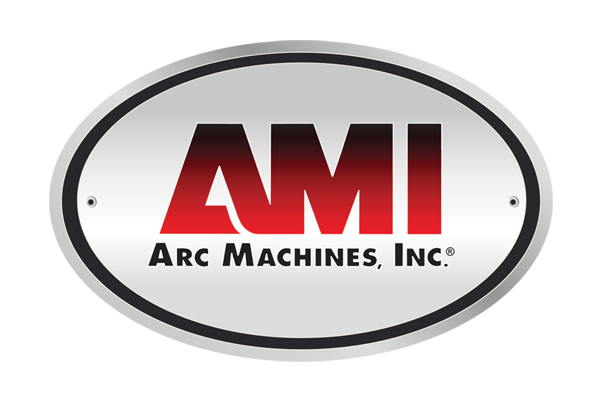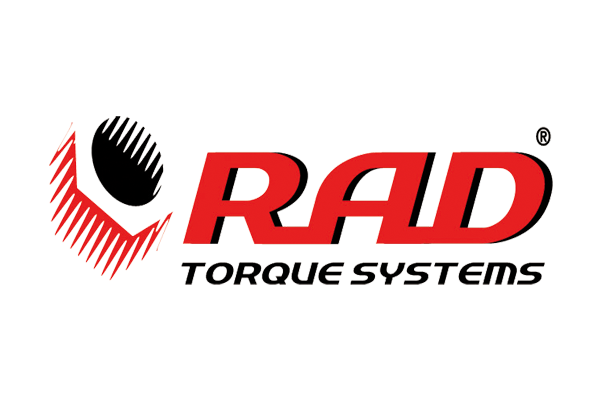What Is the Difference Between Hastelloy & Stainless Steel?
When it comes to selecting materials for industrial applications, particularly those involving harsh chemicals or extreme temperatures, the choice often boils down to high-performance alloys like Hastelloy and ubiquitous options such as stainless steel. Both materials are renowned for their durability and resistance to corrosion, making them suitable for a wide range of applications, from chemical processing to aerospace engineering. However, despite their similarities, Hastelloy and stainless steel feature distinct characteristics that set them apart in terms of performance, cost, and suitability for specific environments.
Let’s look at the difference between Hastelloy and stainless steel to help you determine which material is best suited for your next project.
Composition
Stainless steel, also known as Inox steel or simply stainless, is an alloy made of iron, chromium, and other elements, such as nickel and molybdenum. Adding these elements enhances the properties of stainless steel, making it resistant to corrosion and oxidation. Depending on the grade, stainless steel can contain anywhere from 10.5 to 30 percent chromium and up to 35 percent nickel.
On the other hand, Hastelloy is a group of alloys primarily composed of nickel, molybdenum, and chromium. It also contains small amounts of iron, tungsten, cobalt, and carbon. However, unlike stainless steel, the main component of Hastelloy is nickel, which gives it superior corrosion resistance in various environments.
Corrosion Resistance
Stainless steel has excellent corrosion resistance, especially when exposed to acids and alkaline solutions. The chromium content forms a protective oxide layer on the stainless steel surface, preventing it from rusting or corroding. However, this resistance is not absolute and can still degrade when exposed to harsh chemicals or high levels of stress.
Due to its nickel content, Hastelloy has a much higher corrosion resistance. This difference makes it suitable for use in highly corrosive environments such as chemical processing plants and oil rigs.
Strength and Durability
Stainless steel is a very strong material with high tensile strength, making it ideal for load-bearing structures. It also has good ductility, meaning you can easily form it into different shapes without losing strength. However, certain grades of stainless steel may have lower strength and corrosion resistance due to lower chromium and nickel content.
Thanks to its higher nickel and molybdenum content, Hastelloy is much stronger than stainless steel. This makes it suitable for use in extreme environments with high temperatures and pressures.
Cost
One of the main differences between Hastelloy and stainless steel is the cost. As a high-performance alloy, Hastelloy is significantly more expensive than stainless steel. This is due to its complex composition and manufacturing process, which involves melting, casting, forging, and shaping at high temperatures. On the other hand, stainless steel is widely available and relatively easy to produce, making it a more affordable option.
Hastelloy and stainless steel offer unique corrosion resistance, strength, and durability benefits, making them valuable choices for various industrial applications. Hastelloy’s superior corrosion resistance and strength are ideal for environments involving extreme temperatures, pressures, and corrosive materials. On the other hand, stainless steel provides a cost-effective solution with adequate performance for many standard applications. Ultimately, the choice between Hastelloy and stainless steel will depend on the project’s specific requirements, including environmental conditions, expected lifespan, and budget constraints.
SEC Industrial can provide high-quality solutions for orbital welding equipment that works with Hastelloy or stainless steel materials. Contact us today to learn more about our products and services.









